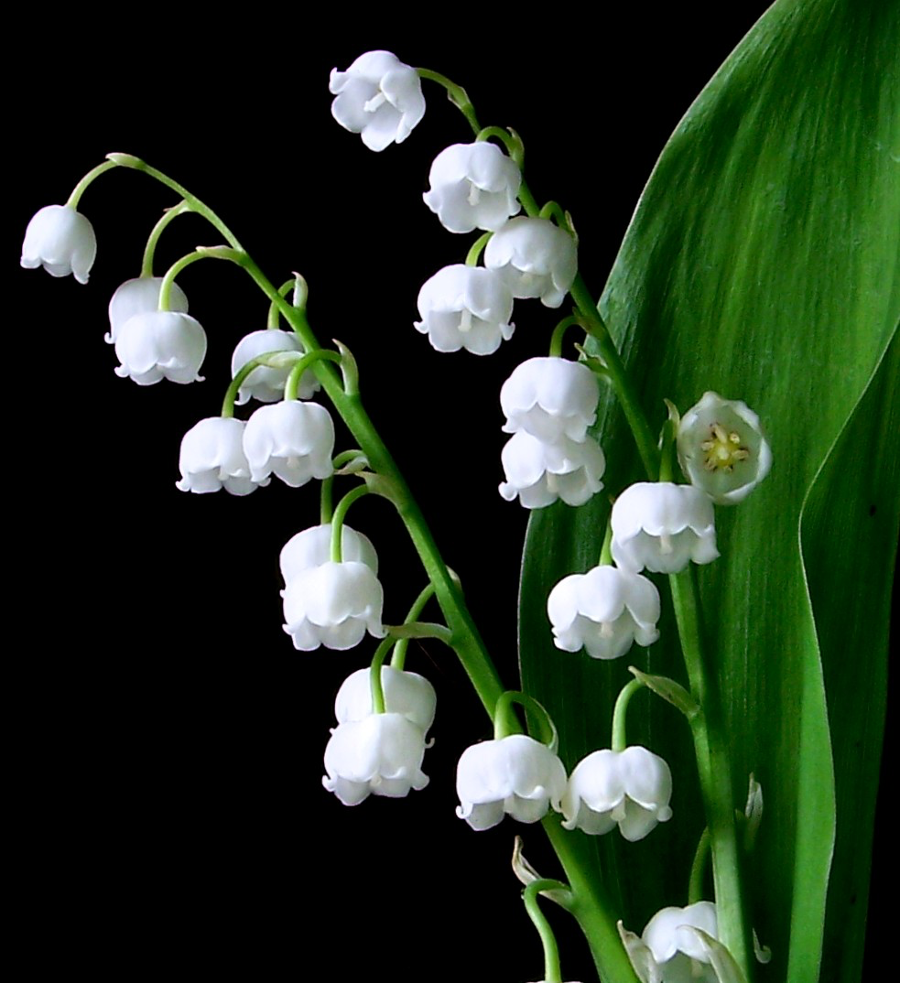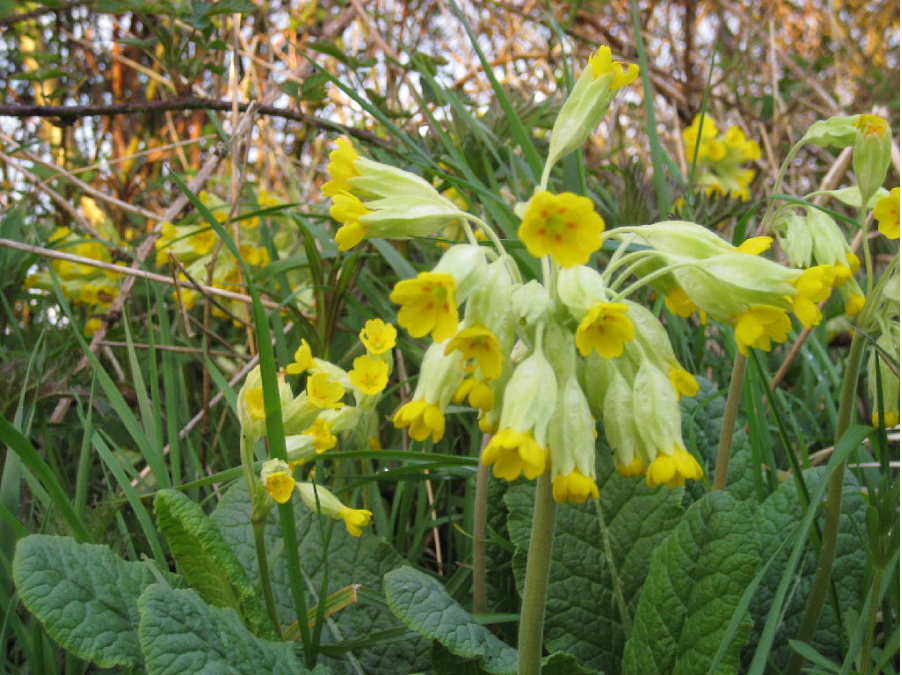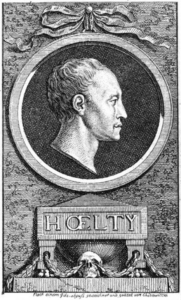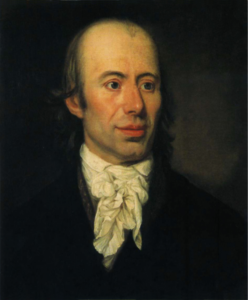Spring song
(Poet's title: Frühlingslied)
Set by Schubert:
D 243
for TTB trio[August 1815]
D 398
[May 13, 1816]
Die Luft ist blau, das Tal ist grün,
Die kleinen Maienglocken blühn,
Und Schlüsselblumen drunter;
Der Wiesengrund
Ist schon so bunt,
Und malt sich täglich bunter.
Drum komme, wem der Mai gefällt,
Und schaue froh die schöne Welt
Und Gottes Vatergüte,
Die solche Pracht
Hervorgebracht,
Den Baum und seine Blüte.
The air is blue, the valley is green,
The small lily of the valley is in bloom,
And underneath there are cowslips;
The surface of the meadow
Is already so colourful
And day by day it is being painted more brightly.
So come, anyone who likes May,
And look on the beautiful world with pleasure,
Enjoy God’s fatherly loving kindness –
Such splendour
Has he brought forth:
The tree and its blossom.
All translations into English that appear on this website, unless otherwise stated, are by Malcolm Wren. You are free to use them on condition that you acknowledge Malcolm Wren as the translator and schubertsong.uk as the source. Unless otherwise stated, the comments and essays that appear after the texts and translations are by Malcolm Wren and are © Copyright.
☙
Themes and images in this text:
Air Bells Blue Fields and meadows Flowers Green May Pictures and paintings Spring (season) Trees (general) Valleys
These words evoke both colour and sound. The colours are explicit (though a few people might wonder how it is the air rather than the sky that is blue), and spring is presented as a painter adding more and more colour to the meadow with each passing day. However, the sounds are hidden in the metallic names of the small flowers in the undergrowth: May-bells (lily of the valley) and Key-flowers (cowslips). These small flowers and their clinking little sounds are then contrasted with the splendour of a whole tree in blossom. On every level spring is revealing God’s goodness.

https://auntiedogmasgardenspot.files.wordpress.com/2013/04/lily_of_the_valley_by_fossilips.jpg

http://www.conservationwatcher.com/cowslip.jpg
☙
Original Spelling Frühlingslied Die Luft ist blau, das Thal ist grün, Die kleinen Mayenglocken blühn, Und Schlüsselblumen drunter; Der Wiesengrund Ist schon so bunt, Und mahlt sich täglich bunter. Drum komme, wem der May gefällt, Und schaue froh die schöne Welt Und Gottes Vatergüte, Die solche Pracht Hervorgebracht, Den Baum und seine Blüthe.
Confirmed by Peter Rastl with Schubert’s source, Gedichte von L. H. Ch. Hölty. Neu besorgt und vermehrt von Johann Heinrich Voß. Wien, 1815. Bey Chr. Kaulfuß und C. Armbruster. Gedruckt bey Anton Strauß. Meisterwerke deutscher Dichter und Prosaisten. Drittes Bändchen. page 141; with Gedichte von Ludewig Heinrich Christoph Hölty. Besorgt durch seine Freunde Friederich Leopold Grafen zu Stolberg und Johann Heinrich Voß. Hamburg, bei Carl Ernst Bohn. 1783, page 132; and with Gedichte von Ludewig Heinrich Christoph Hölty. Neu besorgt und vermehrt von Johann Heinrich Voss. Hamburg, bei Carl Ernst Bohn. 1804, page 172.
Note: This is the version as published by Voß in 1783. The initial version of this poem, according to Hölty’s manuscript, is quite different. It has the title “Maylied” and begins with “Der Anger steht so grün …”
Der Anger steht so grün, so grün,
Die blauen Veilchenglocken blühn,
Und Schlüßelblumen drunter,
Der Wiesengrund Ist schon so bunt,
Und färbt sich täglich bunter.
Drum komme, wem der May gefällt,
Und freue sich der schönen Welt,
Und Gottes Vatergüte,
Die diese Pracht Hervorgebracht,
Den Baum und seine Blüthe.
To see an early edition of the text, go to page 141 [219 von 300] here: http://digital.onb.ac.at/OnbViewer/viewer.faces?doc=ABO_%2BZ15769170X



